Fun Facts About Spider Webs
Spider webs are fascinating structures that have intrigued scientists and nature enthusiasts alike. These intricate creations are not only marvels of natural engineering but also serve various purposes for the spiders that weave them. Here are some fun and captivating facts about spider webs that highlight their complexity and beauty.
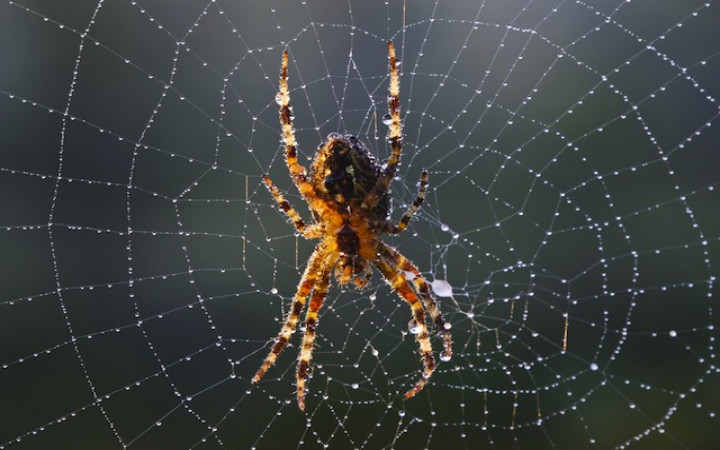
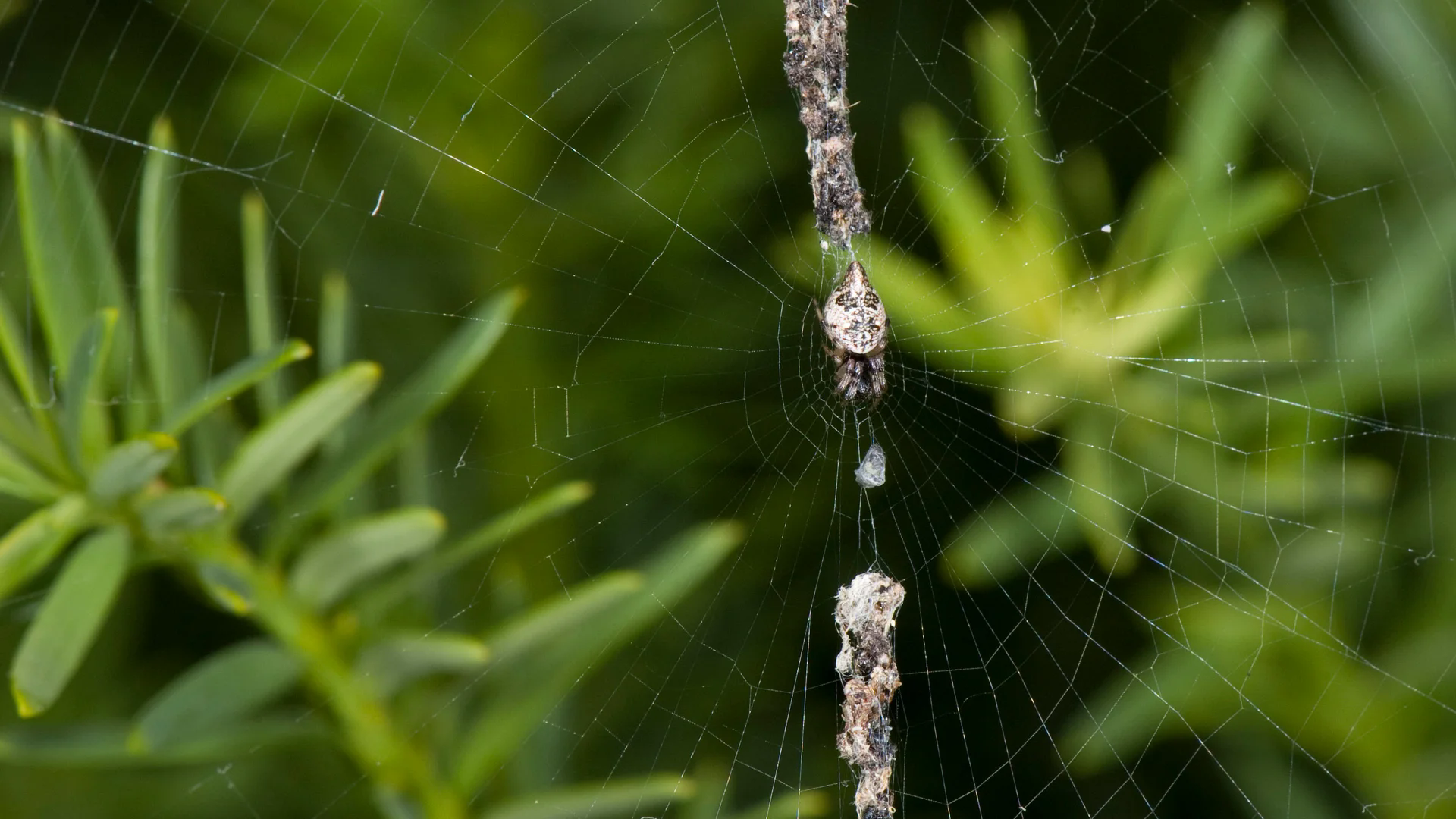
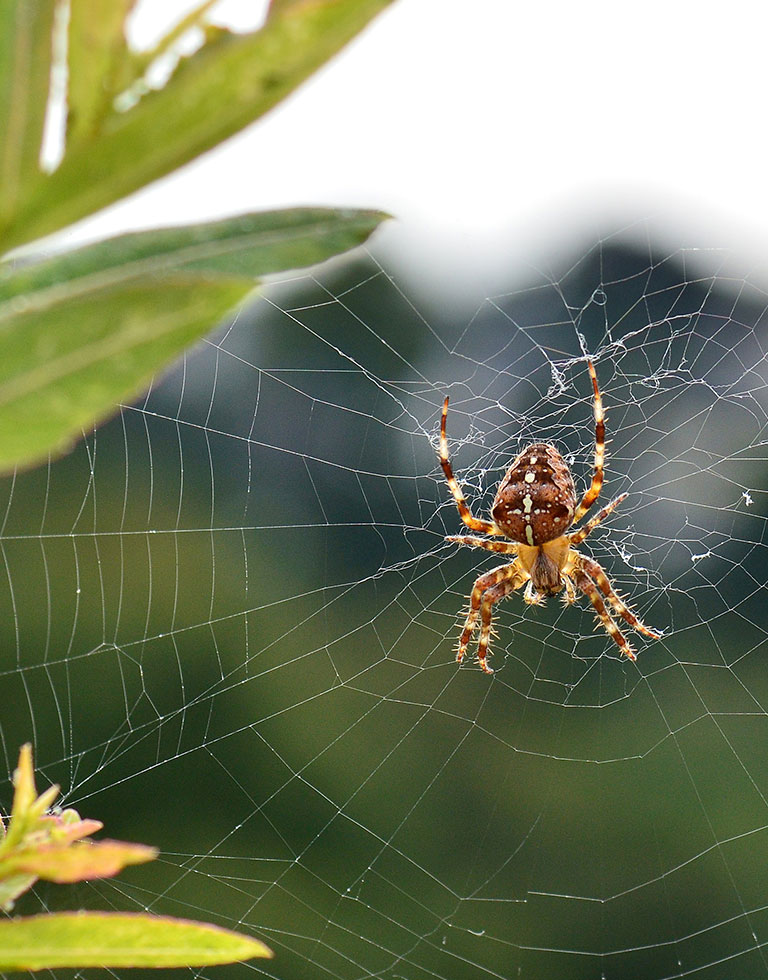
What are the different types of spider silk and their uses
Different Types of Spider Silk and Their Uses
Spider silk is one of nature’s most fascinating materials, known for its remarkable strength, elasticity, and versatility. Spiders produce various types of silk, each with unique properties and uses. This article explores the different types of spider silk and their respective applications.
1. Major Ampullate Silk (Dragline Silk)
Properties: Major ampullate silk, commonly known as dragline silk, is renowned for its incredible tensile strength and toughness. It is often compared to steel in terms of strength but is much lighter and more flexible.Uses:
- Web Frame Construction: Spiders use this silk to create the structural framework of their webs.
- Safety Lines: Spiders use dragline silk as a lifeline to escape from predators or to descend from heights safely.
- Human Applications: Due to its strength and durability, dragline silk is being researched for use in creating bulletproof vests, ropes, and medical sutures.
2. Minor Ampullate Silk
Properties: Minor ampullate silk is less robust than major ampullate silk but is still strong and flexible.Uses:
- Web Reinforcement: Spiders use this silk to reinforce the web’s structure.
- Temporary Structures: It is used for temporary scaffolding during web construction.
3. Flagelliform Silk
Properties: Flagelliform silk is highly elastic and can stretch significantly without breaking.Uses:
- Capture Spiral: This silk is used in the sticky spiral part of orb webs to catch and retain prey.
- Human Applications: Its elasticity makes it a candidate for use in flexible materials and textiles.
4. Tubuliform Silk (Egg Sac Silk)
Properties: Tubuliform silk is very tough and is primarily used for reproductive purposes.Uses:
- Egg Sacs: Female spiders use this silk to create protective sacs for their eggs.
- Human Applications: Its durability is being studied for potential use in protective coatings and packaging materials.
5. Aciniform Silk
Properties: Aciniform silk is extremely tough and is primarily used to wrap and immobilize prey.Uses:
- Prey Wrapping: Spiders use this silk to immobilize their prey after capture.
- Web Decorations: Some spiders use it to create stabilimenta, which are decorative patterns in the web that may attract prey or deter predators.
6. Pyriform Silk
Properties: Pyriform silk is used for attachment purposes and is very adhesive.Uses:
- Attachment Discs: Spiders use this silk to attach their webs to surfaces.
- Dragline Attachment: It helps secure draglines and other silk threads to various surfaces.
7. Aggregate Silk
Properties: Aggregate silk is sticky and is used to coat other silk types to make them adhesive.Uses:
- Sticky Spiral Coating: This silk coats the capture spiral of orb webs, making them sticky to trap prey.
- Human Applications: Its adhesive properties are being explored for use in medical adhesives and other sticky materials.
Human Applications of Spider Silk
Spider silk’s unique properties have inspired numerous applications in various fields:
1. Medical Uses
- Sutures and Bandages: Spider silk’s biocompatibility and strength make it ideal for medical sutures and bandages. Researchers are also exploring its use in creating synthetic skin and tissue scaffolds for regenerative medicine.
- Wound Healing: The antiseptic properties of spider silk, combined with its richness in Vitamin K, have been used historically to promote wound healing. Modern research is investigating its potential in advanced wound care products.
2. Military and Safety Equipment
- Bulletproof Vests: The strength and lightweight nature of spider silk make it a promising material for bulletproof vests and other protective gear.
- Ropes and Cables: Spider silk’s toughness and flexibility are being studied for use in making durable ropes and cables for various applications.
3. Textiles and Fashion
- Clothing: The elasticity and strength of spider silk have led to its use in creating high-performance athletic wear and other specialized clothing. Its biodegradability also makes it an attractive alternative to synthetic fibers.
- Violin Strings: Spider silk has been used to create violin strings, offering unique acoustic properties.
4. Environmental Applications
- Biodegradable Packaging: Spider silk’s natural biodegradability makes it an ideal candidate for environmentally friendly packaging materials, reducing reliance on plastics.
- Water Collection: Inspired by the water-collecting properties of certain spider silks, researchers are developing materials to harvest water from fog and air, potentially providing solutions for water-scarce regions.
Spider silk is a remarkable material with diverse types and applications. From constructing webs to advanced medical and military uses, its unique properties continue to inspire scientific and technological innovations. As research progresses, the potential for synthetic spider silk to revolutionize various industries becomes increasingly apparent, offering sustainable and high-performance alternatives to traditional materials.
How do spiders manage to rebuild their webs so quickly
Spiders are remarkable creatures, particularly in their ability to rebuild their webs swiftly and efficiently. This ability is crucial for their survival, as webs are essential for capturing prey and providing shelter. Here’s how spiders manage to rebuild their webs so quickly:
1. Efficient Recycling of Silk
One of the primary reasons spiders can rebuild their webs quickly is their efficient recycling process. Many spiders, especially orb weavers, consume their old webs before constructing new ones. This behavior allows them to reclaim the silk proteins, which are then reused to produce new silk. This recycling not only conserves energy but also ensures that spiders have a ready supply of materials for web-building.
2. Rapid Construction Techniques
Spiders have evolved to build their webs rapidly. For instance, orb weavers can construct a new web in about 30 to 60 minutes. They start by using air currents to carry the initial silk line across a gap, creating the foundational structure. They then reinforce this line by adding more silk, forming a strong bridge. From this bridge, they drop a vertical line to the ground, creating a basic Y-shaped framework. This framework is then filled in with radial lines (spokes) and a temporary spiral, which is eventually replaced by a sticky spiral designed to capture prey.
3. Specialized Silk Glands
Spiders possess specialized silk glands that produce different types of silk for various purposes. These glands, known as spinnerets, can extrude silk that is sticky, strong, or flexible, depending on the spider’s needs. This versatility allows spiders to quickly produce the specific type of silk required for different parts of the web, enhancing their ability to rebuild efficiently.
4. Instinctive Web-Building Behavior
Web-building is an instinctive behavior for spiders. They are born with the innate ability to construct webs, which means they do not need to learn this skill. This instinctual knowledge allows them to rebuild their webs quickly and effectively, even after repeated destruction.
5. Adaptation to Environmental Conditions
Spiders are highly adaptable and can modify their web-building techniques based on environmental conditions. For example, if a web is frequently destroyed, a spider may choose a new location or adjust the height and position of the web to avoid future damage. This adaptability ensures that spiders can continue to capture prey efficiently, even in changing environments.
6. Use of Existing Structures
Some spiders leave the main outer structure of their webs intact and only rebuild the inner sections as they deteriorate. This approach saves time and resources, allowing spiders to maintain functional webs without starting from scratch each time.
7. Quick Response to Damage
Spiders are highly responsive to damage in their webs. They can detect vibrations and breaks in the silk, prompting immediate repair actions. This quick response helps maintain the web’s integrity and functionality, ensuring that it remains an effective tool for capturing prey.
Spiders’ ability to rebuild their webs quickly is a result of their efficient recycling of silk, rapid construction techniques, specialized silk glands, instinctive behavior, adaptability, strategic use of existing structures, and quick response to damage. These factors combine to make spiders highly effective web-builders, capable of maintaining their intricate traps despite frequent destruction. This remarkable ability not only highlights the ingenuity of spiders but also underscores the complexity and efficiency of natural processes.
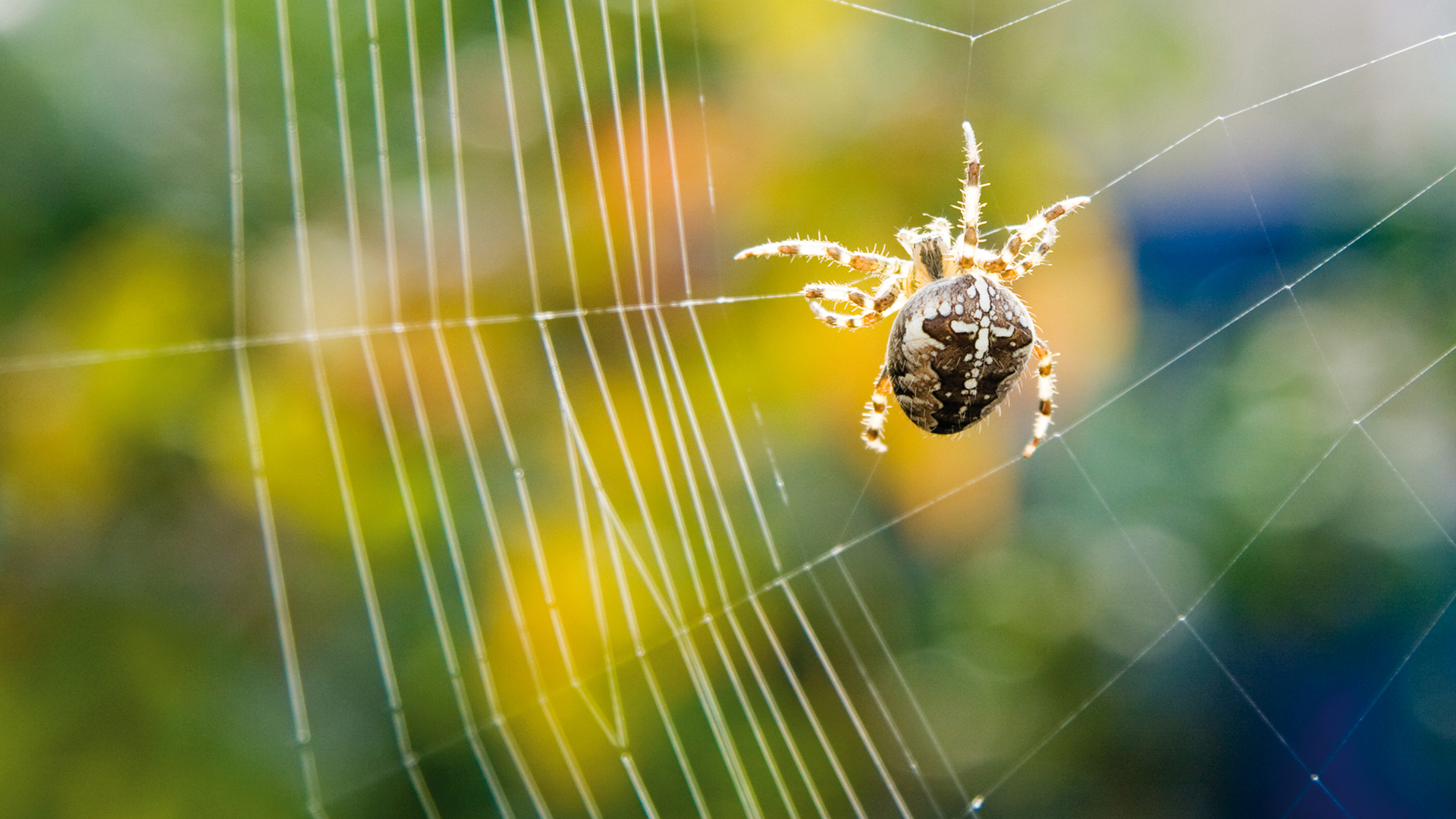
1. Spider Silk is Incredibly Strong
One of the most astonishing facts about spider silk is its strength. By weight, spider silk is stronger than steel and tougher than Kevlar. Despite its delicate appearance, it can withstand significant force and stress. The silk is also incredibly lightweight, being up to 1,000 times thinner than human hair.
2. Spiders May Rebuild Their Webs Daily
Many spiders, particularly orb weavers, dismantle and rebuild their webs daily. This behavior helps them avoid predators and repair any damage to their webs. Interestingly, spiders often eat their old webs to recycle the silk proteins, providing the necessary energy to construct new webs.
3. Spider Webs Are Made of Silk
Spider webs are composed of silk, a natural fiber produced within the spider’s body. Spiders have specialized glands called spinnerets that extrude the silk. While many insects can produce silk, spiders are unique in their ability to create different types of silk for various purposes, such as catching prey, creating shelters, and even for reproductive purposes.
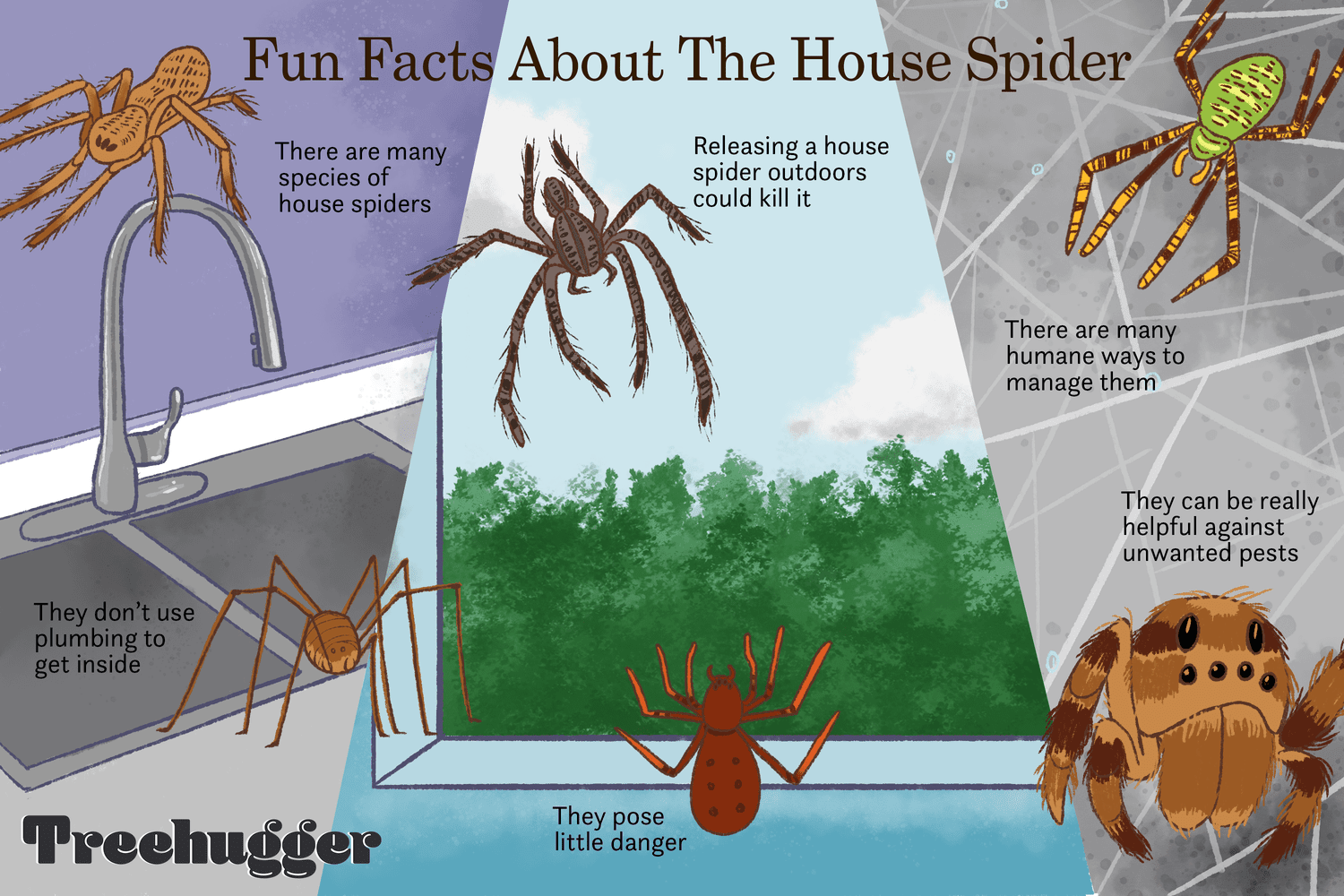
4. Diverse Web Designs
There are several types of spider web designs, each serving different functions:
- Orb Webs: These are the classic wheel-shaped webs that are often seen in gardens and fields. They are highly organized and efficient at capturing flying insects.
- Funnel Webs: These webs are typically found close to the ground and have a funnel-shaped retreat where the spider hides.
- Irregular Webs: These webs lack the organized structure of orb webs and are often found in corners of buildings or under rocks.
5. Webs Can Attract Prey
Spider webs are not just passive traps; they actively attract prey. Some webs reflect ultraviolet light, which is visible to many insects and can lure them towards the web. Additionally, certain spiders add decorative patterns called stabilimenta to their webs, which may attract insects by mimicking gaps in vegetation.
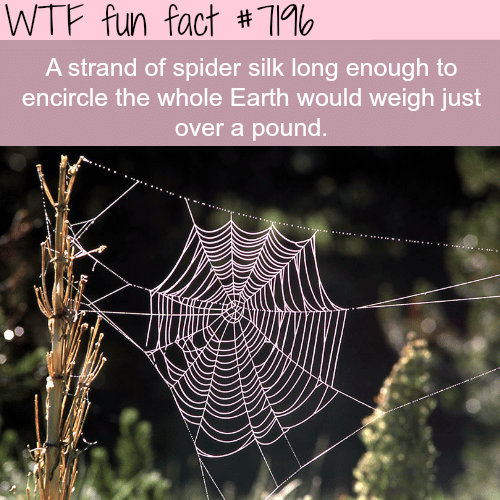
6. Spiders Use Silk for Various Purposes
While webs are the most well-known use of spider silk, spiders utilize silk in many other ways:
- Draglines: Spiders use silk draglines as safety lines, allowing them to escape from predators or descend from heights safely.
- Egg Sacs: Female spiders wrap their eggs in silk to protect them from predators and environmental conditions.
- Ballooning: Some spiders use silk threads to catch the wind and travel long distances, a process known as ballooning.
7. Evolutionary Marvels
Spider webs have been around for at least 100 million years. Fossilized webs found in amber provide evidence of their ancient origins. Over time, spiders have evolved various web-building techniques and silk types to adapt to their environments and prey.
8. Spiders Have Poor Eyesight
Despite having multiple eyes, many spiders rely more on their sense of touch than vision to build their webs. They use their legs and spinnerets to measure distances and create the intricate patterns of their webs. This tactile method allows them to construct webs even in complete darkness.
9. Environmental Indicators
Spider webs can serve as environmental indicators. Researchers have analyzed spider webs to detect levels of pollutants like lead and zinc in certain areas. The webs’ ability to capture airborne particles makes them useful tools for monitoring environmental health.
10. Not All Spiders Spin Webs
While all spiders produce silk, not all of them use it to build webs. Some spiders, like wolf spiders and jumping spiders, are active hunters that rely on speed and agility to catch their prey. Others, such as trapdoor spiders, create burrows with silk-lined doors to ambush their prey.
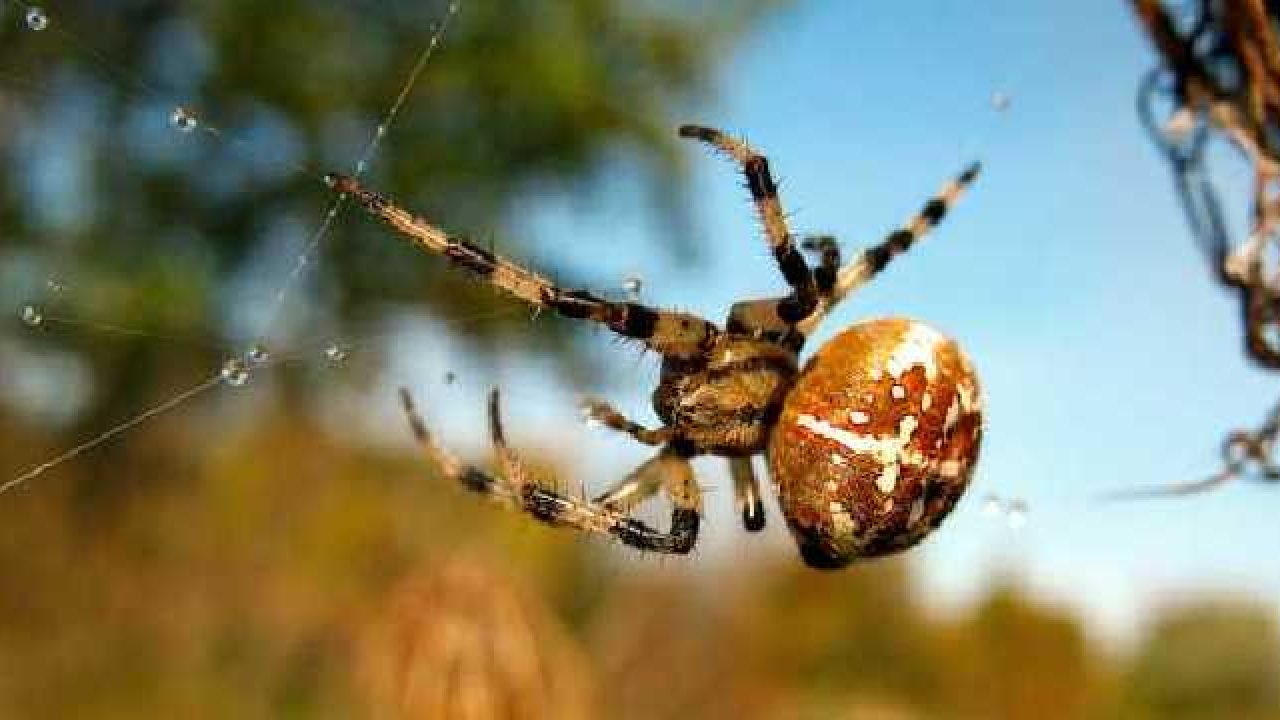
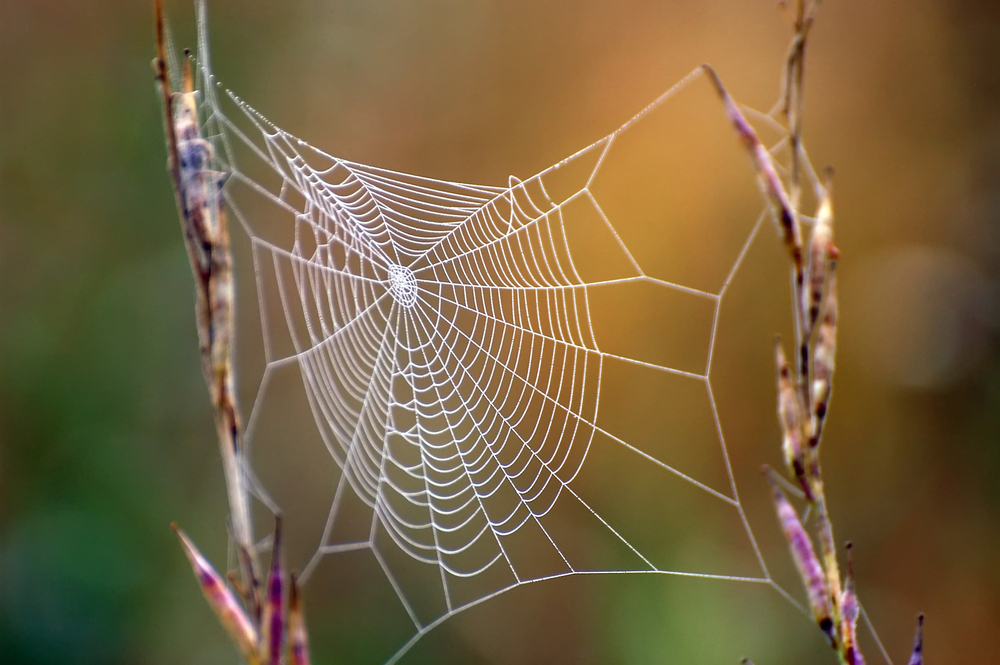
11. Social Spiders
Most spiders are solitary creatures, but a few species live in colonies and work together to build communal webs. These social spiders can create massive webs that span several meters, allowing them to capture larger prey and share resources.
12. Unique Uses of Webs
Some spiders have developed unique uses for their webs. For example, the diving bell spider constructs a web underwater to trap air, allowing it to live submerged for extended periods. This adaptation is unique among spiders and showcases the versatility of spider silk.
13. Spider Silk in Technology
The remarkable properties of spider silk have inspired scientists and engineers to study and replicate it for various applications. Researchers are exploring ways to produce synthetic spider silk for use in medical sutures, bulletproof vests, and other high-strength materials. However, replicating the exact properties of natural spider silk remains a challenge.
Conclusion
Spider webs are a testament to the ingenuity and adaptability of spiders. From their incredible strength to their diverse designs and uses, spider webs continue to captivate and inspire. Understanding these natural wonders not only highlights the complexity of the natural world but also offers potential insights for technological advancements. Whether admired for their beauty or studied for their engineering marvels, spider webs remain one of nature’s most fascinating creations.
